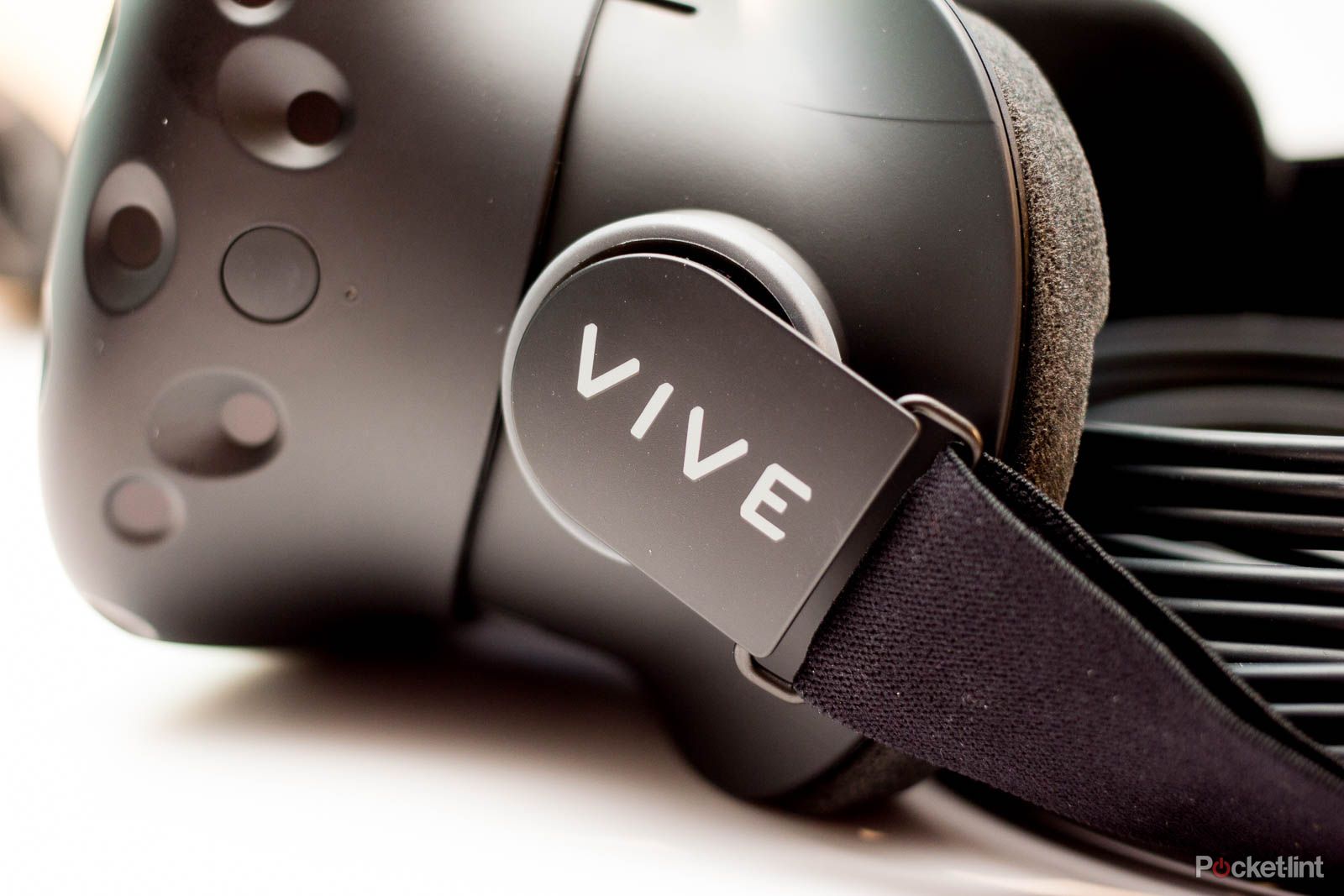HTC has revealed the recommended PC specifications for its virtual reality headset, and while it requires a fairly beefy computer - much like Oculus' rival device - there are one or two concessions that might make it a more accessible option.
The HTC Vive consumer model will be available to pre-order from 29 February, priced at $700 for the whole set of headset, sensors, motion controllers and a microphone. Naturally, you have to provide the PC yourself.
Like the spec Oculus suggests for its Rift headset, HTC's recommended specifications aren't the minimum required - it is likely to work with a lower powered graphics card, for example - but if you want all VR experiences to run smoothly you should really have the following.
- GPU: Nvidia GeForce GTX 970, AMD Radeon R9 290 equivalent or better
- CPU: Intel i5-4590, AMD FX 8350 equivalent or better
- RAM: 4 GB or more
- Video Output: HDMI 1.4, DisplayPort 1.2 or newer
- USB Port: 1x USB 2.0 or better port
- Operating System: Windows 7 SP1, Windows 8.1 or later, Windows 10
Where they differ from the Oculus Rift recommended specifications is in RAM and the amount of USB ports required. Oculus quotes 8GB of RAM is ideal, while it needs three USB 3.0 ports and one USB 2.0 port for operation.
READ: HTC Vive preview: An experience that’s out of this world
One thing in Oculus' favour though is that it only requires a HDMI 1.3 port rather than HDMI 1.4.
With both headsets likely to be widely available at the same time, we cannot wait to try them head-to-head, so to speak, in order to see which offer the best experiences. Or guess is that virtual reality as a whole will be the winner.

